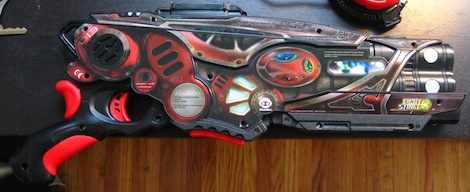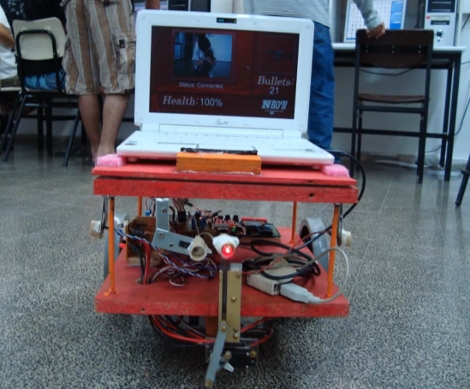This DIY lasertag project designed by [Nii], which he brought to Tokyo Maker Faire back in September, is a treasure trove. It’s all in Japanese and you’ll need to visit X (formerly Twitter) to see it, but the images do a fine job of getting the essentials across and your favorite translator tool will do a fair job of the rest.
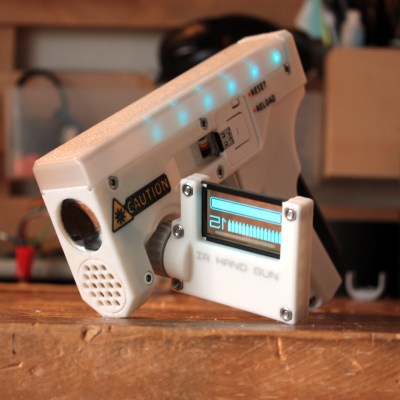 There’s a whole lot to admire in this project. The swing-out transparent OLED display is super slick, the electronics are housed on a single PCB, the back half of the grip is in fact a portable USB power bank that slots directly in to provide power, and there’s a really smart use of a short RGB LED strip for effects.
There’s a whole lot to admire in this project. The swing-out transparent OLED display is super slick, the electronics are housed on a single PCB, the back half of the grip is in fact a portable USB power bank that slots directly in to provide power, and there’s a really smart use of a short RGB LED strip for effects.
The optical elements show some inspired design, as well. An infrared LED points forward, and with the help of a lens, focuses the beam tightly enough to make aiming meaningful. For detecting hits, the top of the pistol conceals a custom-made reflector that directs any IR downward into a receiver, making it omnidirectional in terms of hit sensing but only needing a single sensor.
Want to know more? Check out [Nii]’s earlier prototypes on his website. It’s clear this has been in the works for a while, so if you like seeing how a project develops, you’re in for a treat.
As for the choice of transparent OLED displays? They are certainly cool, and we remember how wild it looks to have several stacked together.


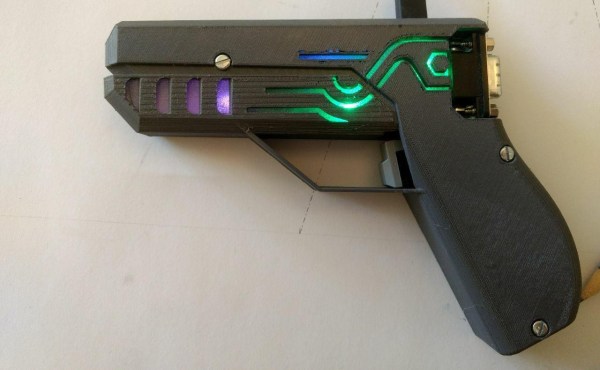
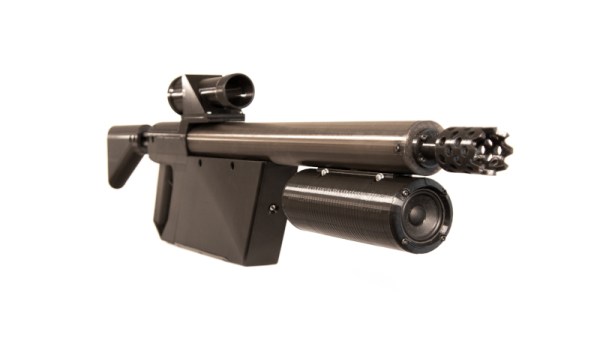
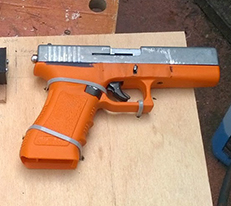 Last year, [Tony] was asked to develop a lasertag system with ultimate realism. This meant a system that used a blank firing replica gun, and a system to detect blank rounds being fired. Very cool,
Last year, [Tony] was asked to develop a lasertag system with ultimate realism. This meant a system that used a blank firing replica gun, and a system to detect blank rounds being fired. Very cool, 